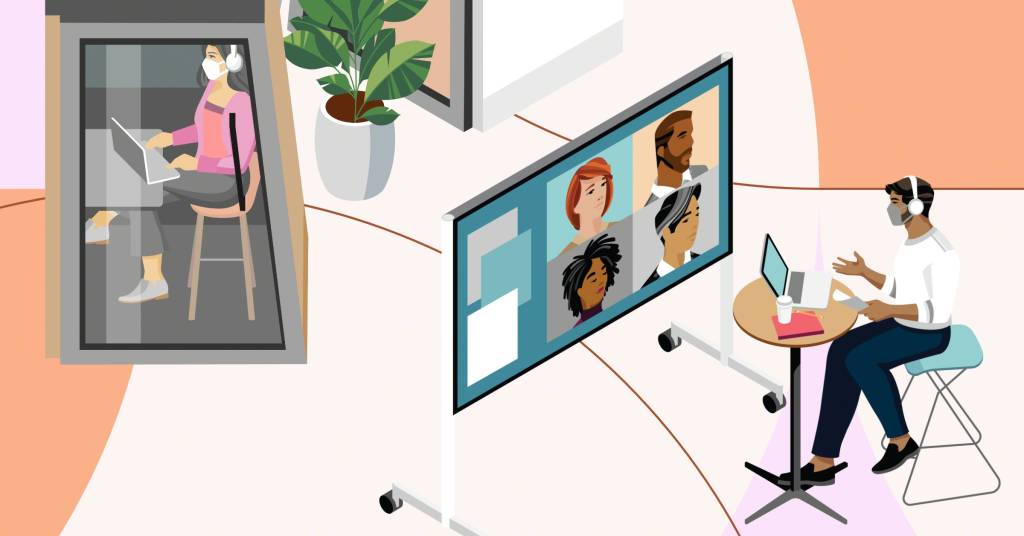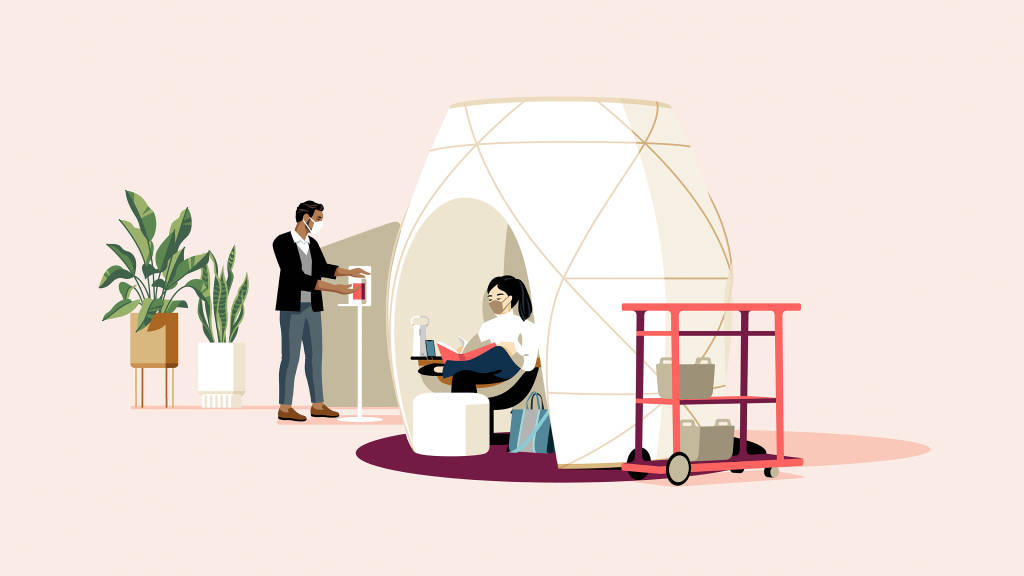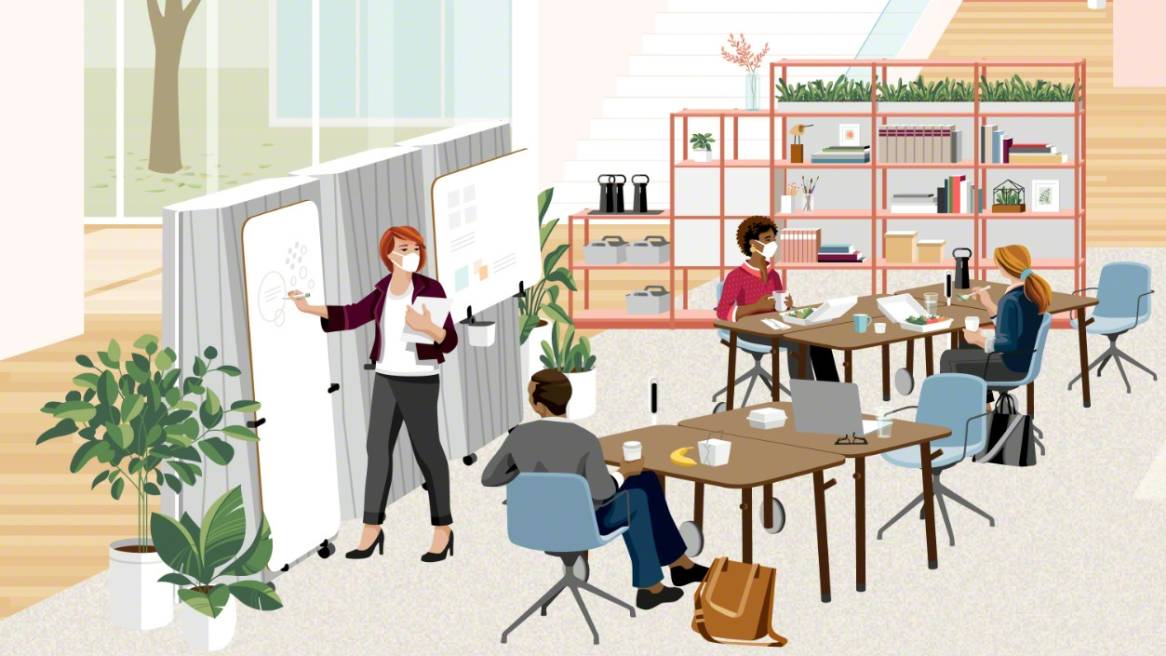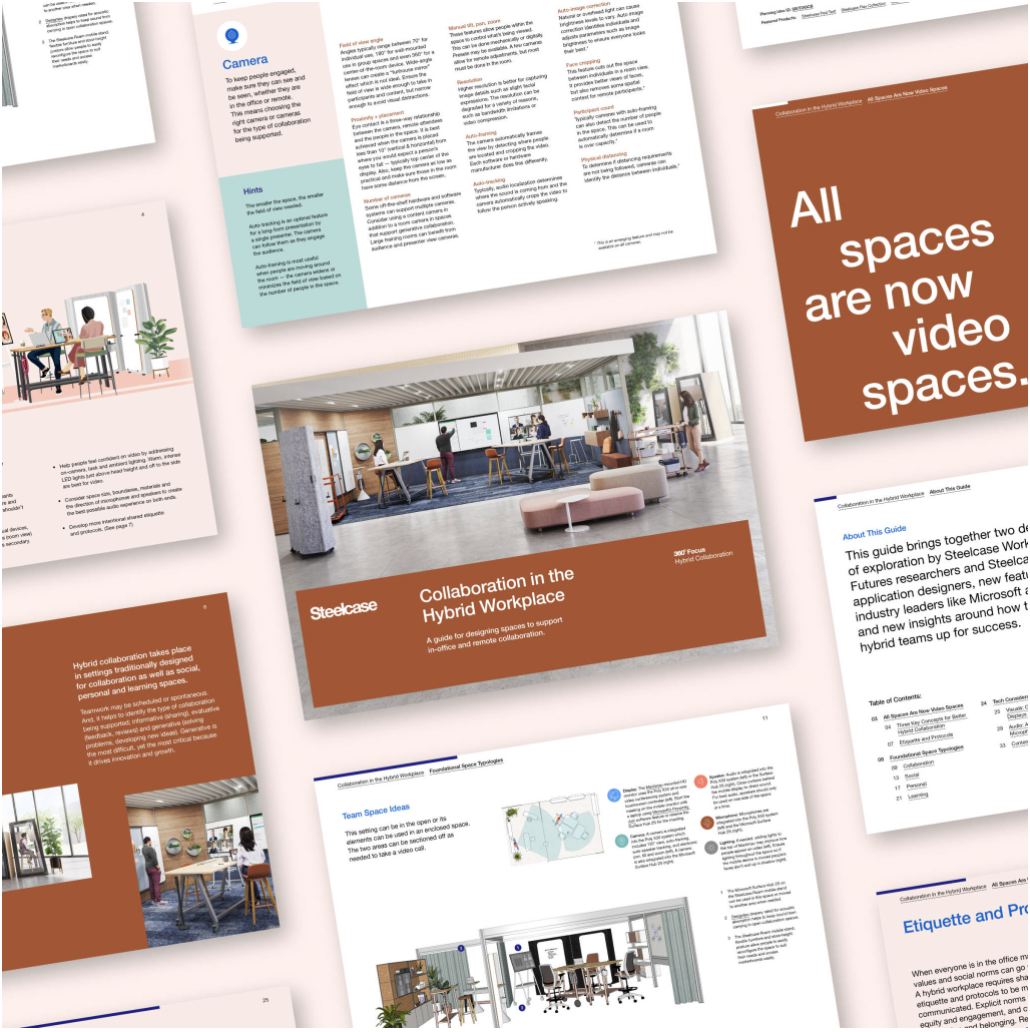People First: How Employee Expectations are Changing in Asia
As the pandemic continues to impact lives and economies around the world, we caught up with three professionals in Asia to hear what they want – and need – from their offices post-pandemic.
In just over a year and a half, COVID-19 has rewritten the rules of how we behave. From schools, hospitals and airports to supermarkets, restaurants and shopping malls, virtually every sector of society has had to adapt to the new status quo.
Office spaces are no different. As workplaces around the world shuttered their doors to protect employees, working from home became one of the first – and most lasting – byproducts of the pandemic. Even for those who already worked remotely, the large scale virtual migration brought about major, often challenging, lifestyle shifts as people sheltered in place endured chronic lockdowns while juggling family and work responsibilities in the same space.
It’s not surprising then, that some 41 percent of professionals globally indicated that they were not satisfied with working from home full-time, according to Steelcase’s 2021 Global Report: Changing Expectations and The Future of Work. The report, which surveyed 32,000 office workers and business leaders around the world, found that working from home resulted in a drop of up to 19 percent in productivity and 18 percent engagement.
But just because some workers are frustrated doesn’t mean they’re ready to return to the office just yet. In Asia, employees say their expectations and needs when it comes to work space designs, safety, and culture have shifted significantly in the wake of the pandemic.

More face time
Wendy Min, the director of international affairs at Trip.com in Shanghai, welcomed the return to her workplace in October of last year. Although her office never fully closed its doors – but rather, limited the number of employees allowed on site at once – she spent six months working remotely in 2020.
Min says she found the experience isolating – one of the chief complaints about work from home arrangements, according to Steelcase research. Most offices in Shanghai have been back to business as usual since late March 2020. Although her “colorful and collaborative” office has not changed in terms of design since the pandemic began, Min says many in-person meetings have been replaced by Zoom, WeChat and email.
“The one thing that really affected us is the context for global events as everything has moved online. It’s very digitized now,” she says.
For Min, the broad-scale transition to virtual collaboration represents a loss of valuable interaction. In the future, she hopes to see a return to in-person events and meetings, which can help to build relationships, streamline communications and promote collaboration.
“I think face-to-face meetings are always better. A lot of things are lost without that up-close and personal communication.”
Wendy Min,Director of International Affairs, Trip.com

Flexibility will be key
In Singapore, Denise* started working in the communications department of an international bank working in the middle of the pandemic. She’s had the unique experience of starting a new role while offices were still closed under lockdown, and has primarily been working from home since she joined in April 2020, although she has visited the office a few times as rules have relaxed.
“I don’t want to work from home 100 percent of the time. I feel like face-to-face contact has its benefit in terms of getting collaborative work done.” But for solo tasks, she prefers to work in a quiet, undisturbed environment.
“I am looking forward to an arrangement where we’re back in the office for a part of the week, and work from home the rest.”
Denise(last name and title withheld for privacy reasons)
Denise is not alone. Min in Shanghai says she is also open to a hybrid model of “home and office” time, like many respondents surveyed for Steelcase’s report. The majority of people surveyed said they expected to be able to work from home after the pandemic, with 72 percent preferring a mix of remote and office work.
Only 23 percent said they would like to return to the office fulltime – and they may get their wish: a sizeable 87 percent of business leaders around the world reported that they will allow more flexible work arrangements when offices reopen.
Flexible schedules are just part of the issue though, says Denise. Designing workspaces to allow for different types of work – collaborative or quiet – is also important. She hopes to see more office environments that allow employees to carry out focused work in quiet zones, moving away from an entirely open-plan –

A safer workplace
Life under COVID-19 has brought renewed focus on the importance of hygiene and sanitization standards, particularly in large office spaces where potentially thousands of employees will frequent elevators, washrooms, hallways and meeting rooms every day.
Concerns over air quality, safety protocols and cleanliness are the most common apprehensions that people have about returning to the workplace, according to Steelcase research.
For Arlo Poetiray, the head of Art and Production at GCM Group, a media group in Jakarta, the country’s long battle with the novel coronavirus has made him vigilant about sanitization, even as his office reopens and employees are regularly tested.
“I think looking ahead, our office must have consistent environmental health policies, like fogging [a process of decontamination for areas exposed to airborne pathogens and
viruses] and disinfectant, as well as more space to allow for safer distance between colleagues. Of course, we’ll also need precautionary protection like masks and hand sanitizer at each table and working space,” says Poetriray, who has worked from home since June 2020.
Denise says she will have similar reservations about the air quality in her workplace in Singapore, when she is finally able to return to the office. “Ventilation is definitely something I will think about in the future, especially in Singapore where everything is air-conditioned,” she says. “I will want to know what my company is doing about that.”
Creating a safe yet social, structured yet flexible environment remains an integral part of any successful workplace that is valued by its employees in the future, even as they desire more control over how and where they work.



